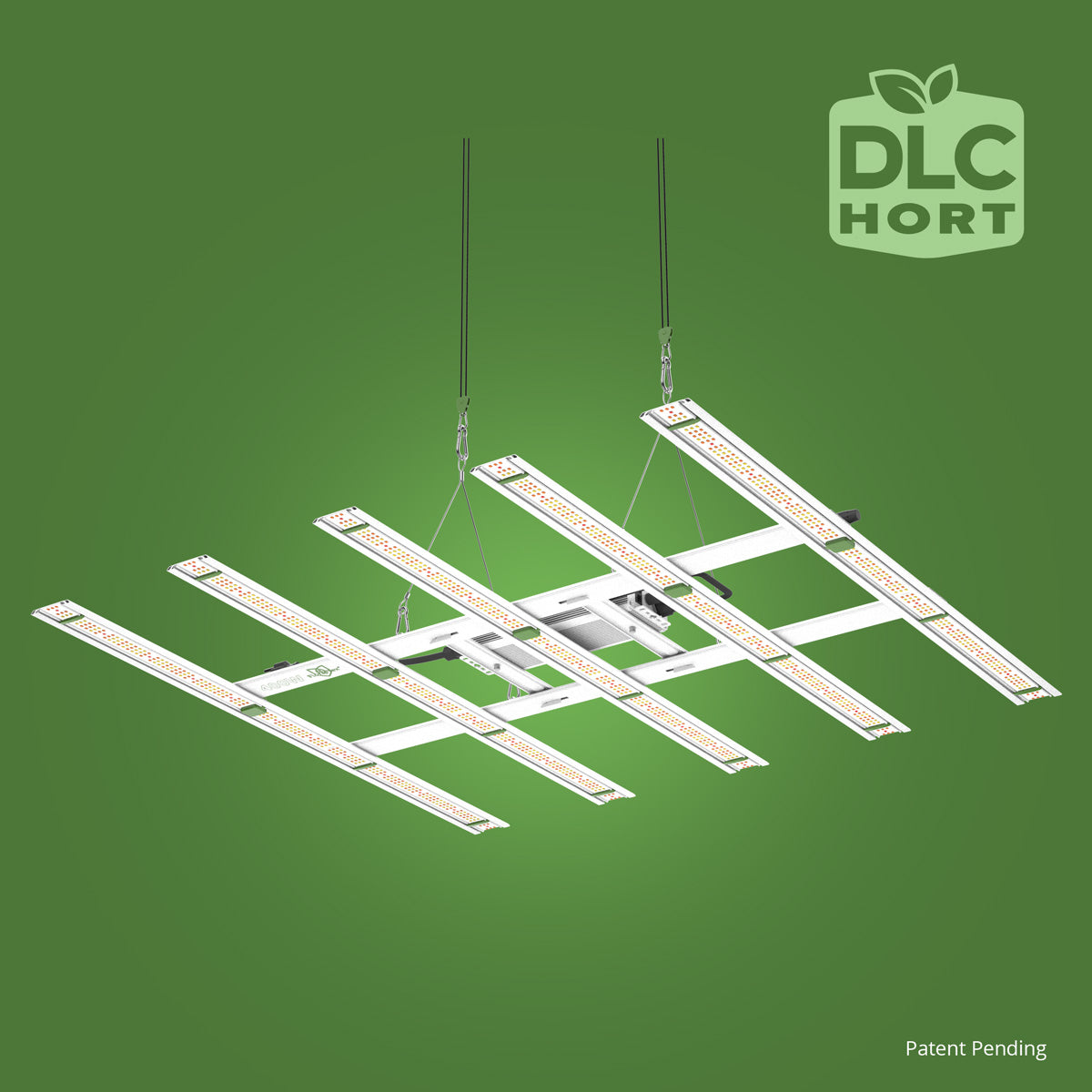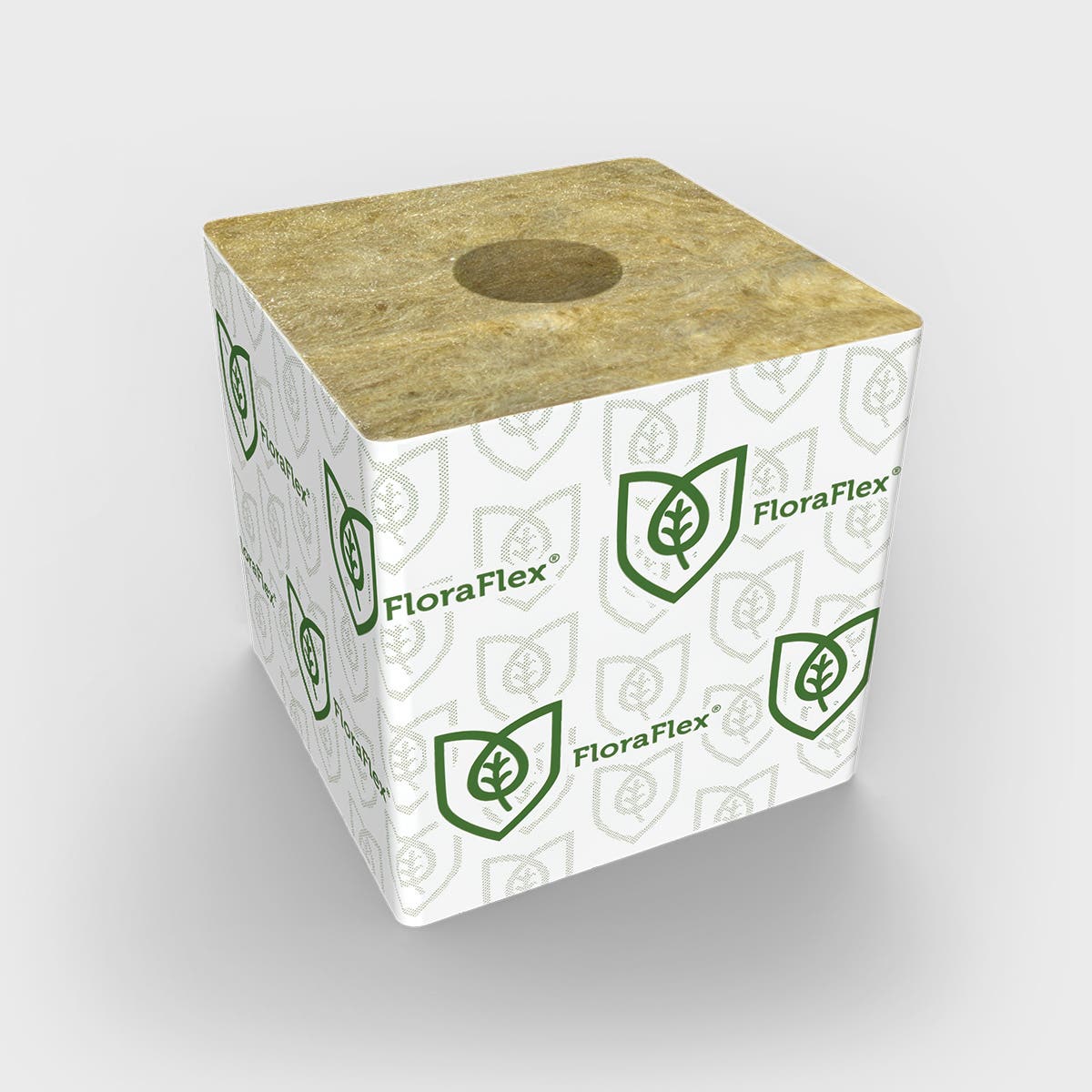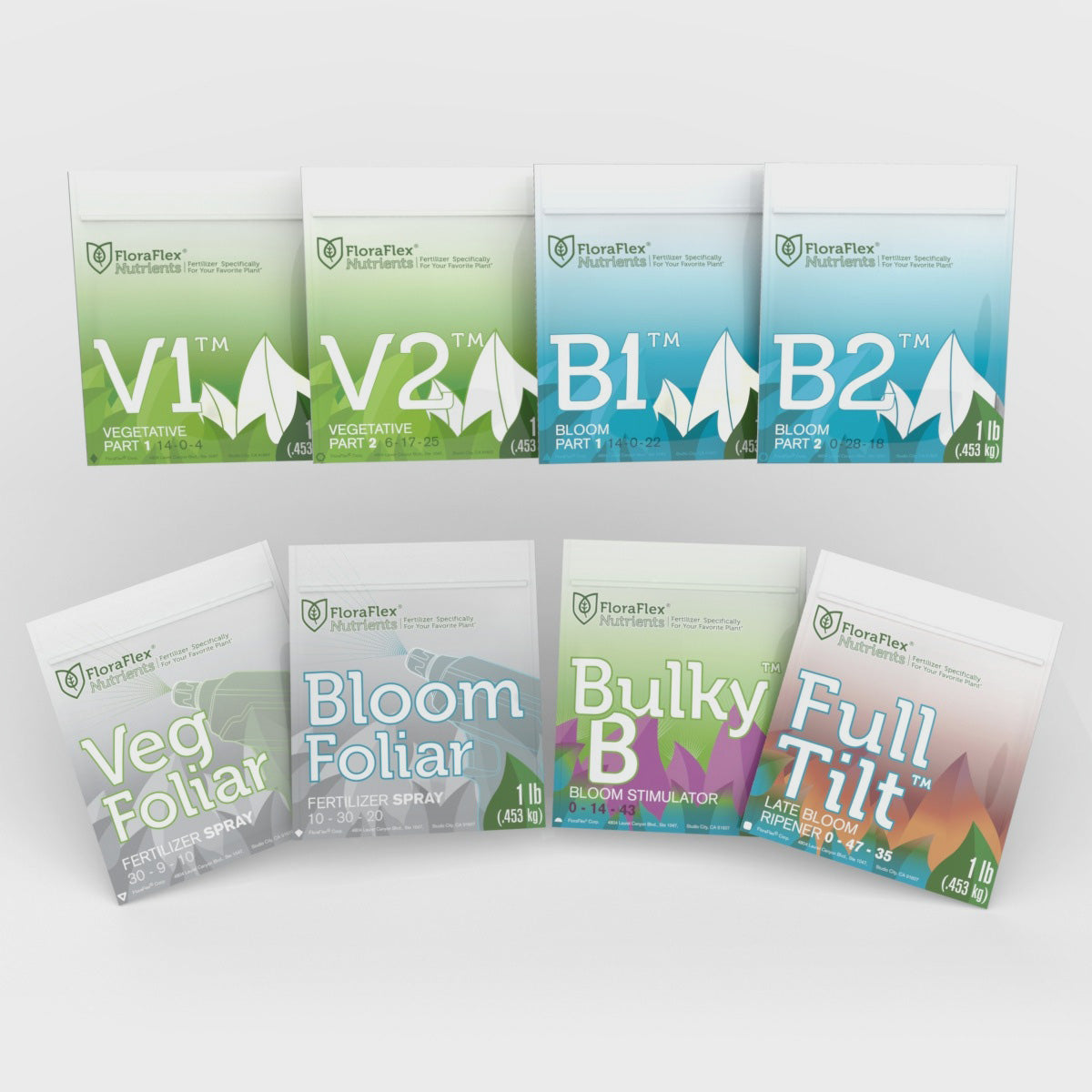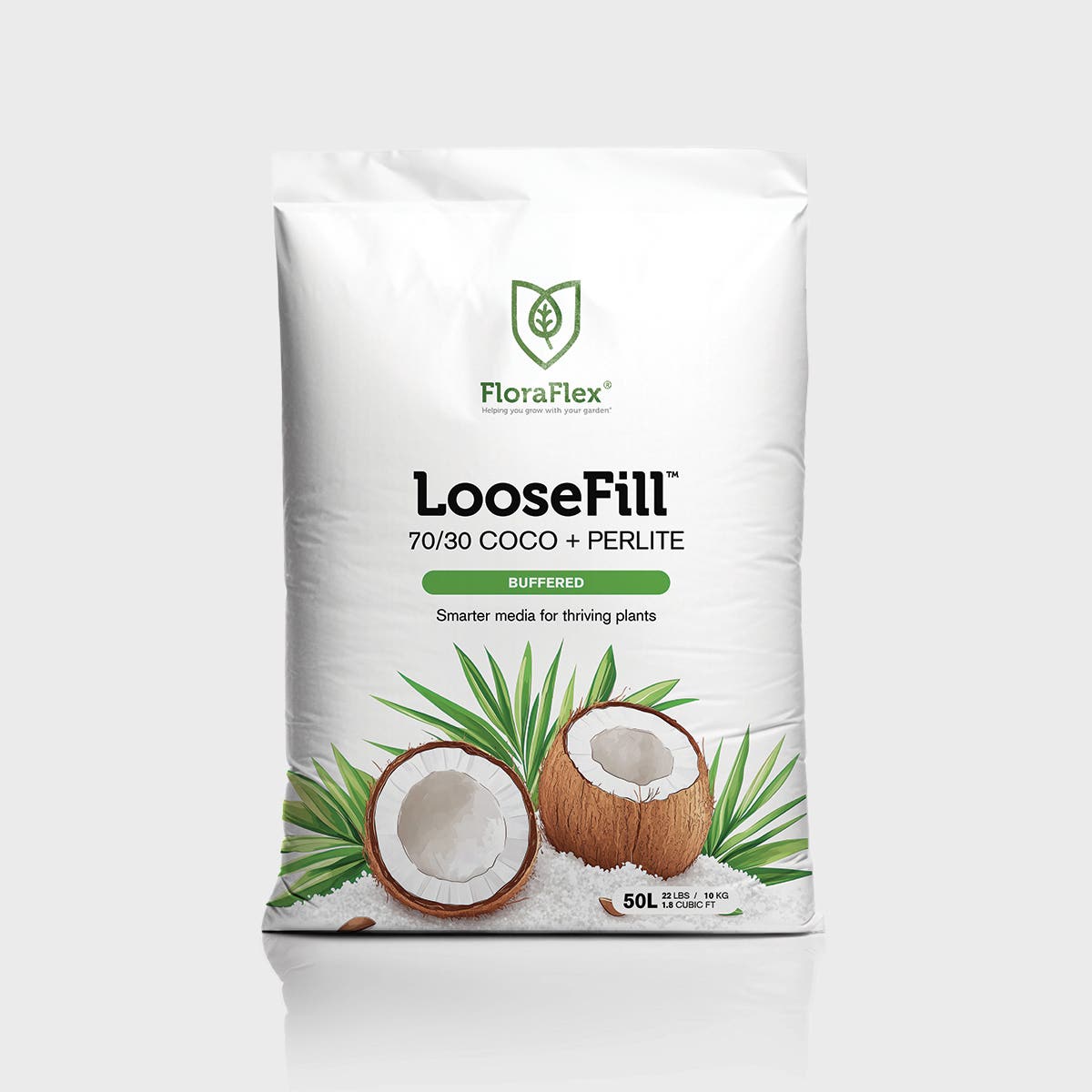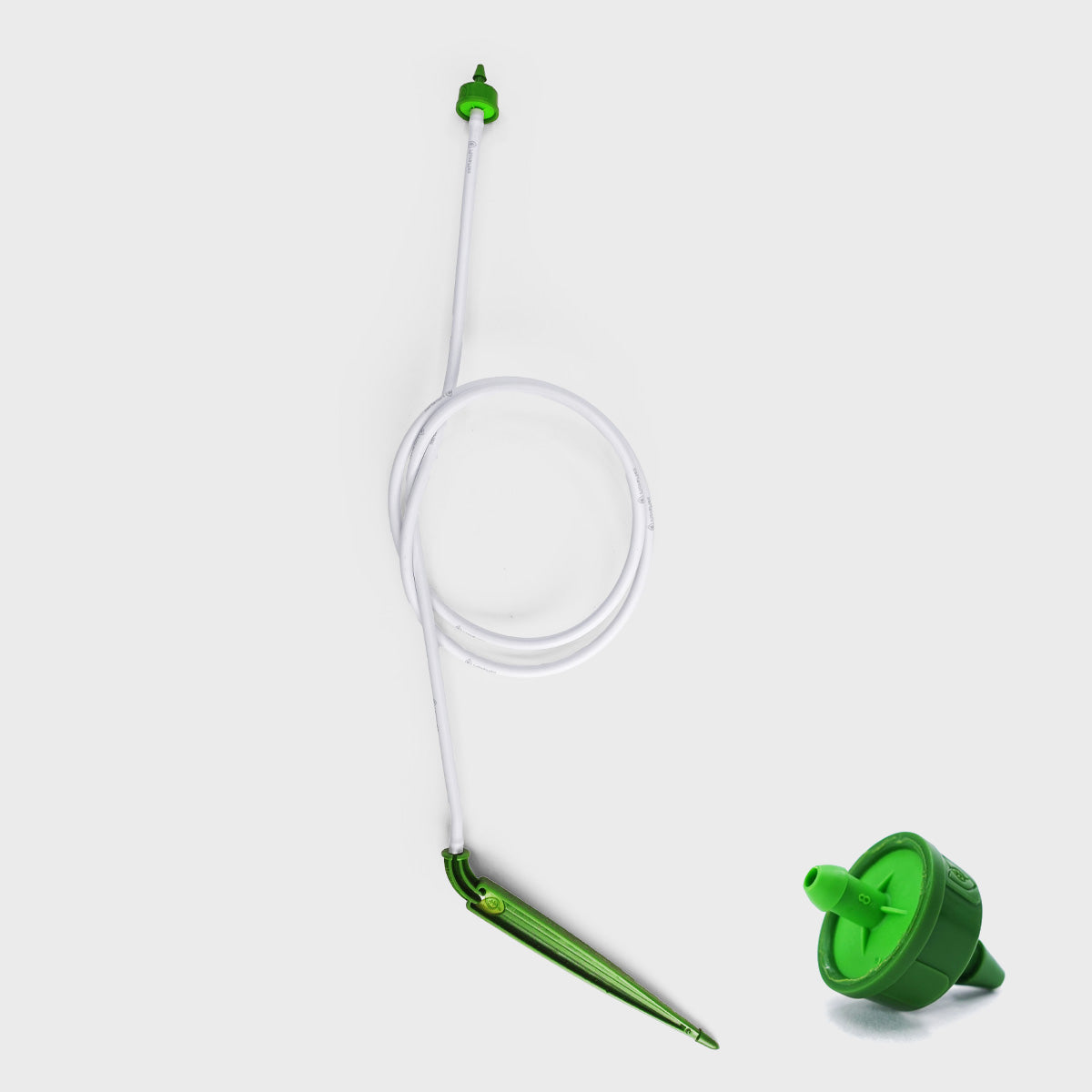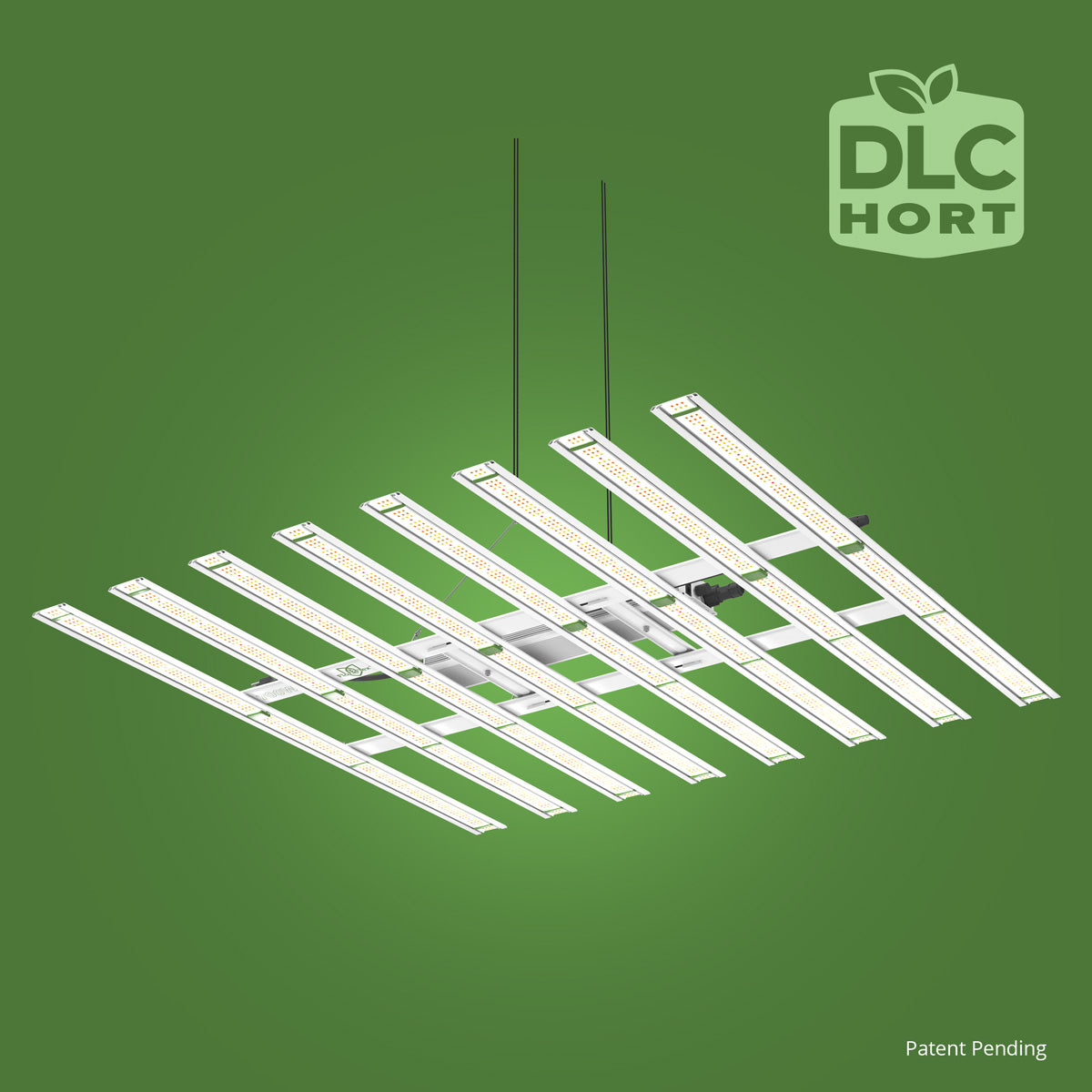Discovering a dying cannabis plant can be disheartening for any cultivator. However, it's important to stay calm and address the underlying issues to save the plant if possible. In this article, we will explore common problems that can cause a cannabis plant to wither and provide potential solutions to revive it and prevent further decline.
Insufficient Watering
One of the primary reasons for a dying cannabis plant is insufficient watering. When the plant does not receive enough water, it can lead to wilting, yellowing leaves, and overall decline. To address this issue:
-
Watering Frequency: Check the moisture level of the soil or growing medium by inserting your finger about an inch deep. If it feels dry, it's time to water. Adjust the watering schedule to ensure consistent moisture, but avoid overwatering, which can lead to root rot.
-
Water Amount: Ensure that you provide enough water for thorough saturation of the root zone. Water until you see some water runoff from the drainage holes, indicating that the roots have received sufficient hydration.
Overwatering and Root Issues
While underwatering can cause problems, overwatering is equally detrimental to cannabis plants. Overwatering leads to oxygen deprivation in the root zone and can result in root rot and other issues. To address this issue:
-
Drainage: Ensure that your pots or containers have adequate drainage holes to allow excess water to escape. This helps prevent waterlogging and promotes healthy root growth.
-
Watering Frequency: Adjust your watering schedule to avoid excessive moisture in the root zone. Allow the top layer of the growing medium to dry out slightly before watering again.
Nutrient Deficiencies or Excesses
Nutrient imbalances can cause a range of issues in cannabis plants, including nutrient deficiencies or toxicities. These can manifest as yellowing or browning leaves, stunted growth, and overall poor plant health. To address this issue:
-
Nutrient Testing: Conduct a nutrient test to identify any deficiencies or excesses. This will help you determine the appropriate course of action, whether it's adjusting your nutrient solution, supplementing with specific nutrients, or flushing the plant to remove excessive build-up.
-
Proper Nutrient Application: Follow recommended feeding schedules and dosage instructions to ensure proper nutrient application. Be mindful of the specific nutrient requirements at different growth stages of the plant.
Pest Infestation
Pests can wreak havoc on cannabis plants, causing significant damage and even death if left untreated. Common cannabis pests include spider mites, aphids, fungus gnats, and thrips. To address this issue:
-
Identification: Identify the pest causing the problem. Inspect the plant closely for signs of pests, such as webbing, visible insects, or yellowing spots on leaves.
-
Integrated Pest Management: Implement an integrated pest management approach, which may include physical removal of pests, using organic pest control methods, or introducing beneficial insects to combat the pest population.
Environmental Factors
Environmental factors can also contribute to a dying cannabis plant. Factors such as improper lighting, extreme temperatures, high humidity, or poor air circulation can negatively affect plant health. To address this issue:
-
Lighting: Ensure that your plants receive the appropriate amount and intensity of light for their growth stage. Adjust the distance between the light source and the plants to avoid light burn or insufficient light penetration.
-
Temperature and Humidity: Maintain suitable temperature and humidity levels within the recommended ranges for cannabis cultivation. Avoid extremes that can stress the plants or create conditions favorable for pests or diseases.
When faced with a dying cannabis plant, it's crucial to identify and address the underlying issues promptly to increase the chances of saving the plant. By addressing problems such as insufficient watering, overwatering, nutrient imbalances, pest infestations, and environmental factors, you can give your dying cannabis plant a fighting chance for recovery.
Remember to approach troubleshooting systematically, ruling out potential causes one by one. Observe the plant closely, assess its symptoms, and take appropriate action based on the identified problem. Quick intervention and adjustments can often revive a dying cannabis plant and set it on a path towards rejuvenation.
In some cases, despite your best efforts, a dying cannabis plant may not be salvageable. If the damage is extensive or the plant is severely weakened, it may be more practical to start fresh with a new plant and implement preventative measures to avoid similar issues in the future.
Prevention is key to maintaining healthy cannabis plants. Establish good cultivation practices, including proper watering techniques, balanced nutrient application, regular pest monitoring, and optimal environmental conditions. By providing your plants with a healthy and well-maintained environment, you can minimize the risk of encountering a dying cannabis plant in the first place.
Remember that each cannabis plant is unique, and it may require some trial and error to find the right solutions. Stay vigilant, continue learning, and adapt your cultivation methods as needed. With patience, care, and attention to detail, you can increase your chances of success in nurturing thriving and resilient cannabis plants.

